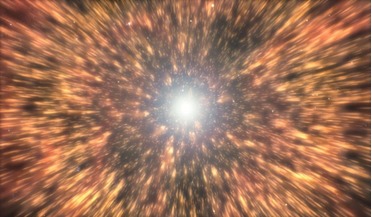 14 November 2016
Mysterious Quark Nova lights up an exploding star for a second time
14 November 2016
Mysterious Quark Nova lights up an exploding star for a second time
... phenomena from gamma ray bursts through to super-luminous supernovae and a team from the University of Calgary in ..., Wolf-Rayet stars, etc.) if it is massive enough to go supernova and form a heavy neutron star but not too massive to go directly...
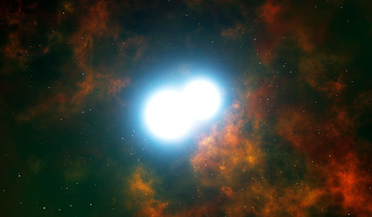 02 May 2018
Astronomers spot fastest stars in the galaxy with Gaia
02 May 2018
Astronomers spot fastest stars in the galaxy with Gaia
...white dwarf companion. When this happens, it triggers runaway nuclear fusion in the white dwarf, causing it to explode as a supernova. To make matters more interesting, the companion star can be another white dwarf. In this case, a possible mechanism...
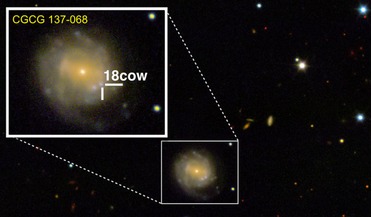 11 January 2019
Birth of a black hole possibly captured for first time
11 January 2019
Birth of a black hole possibly captured for first time
... to be 10 to 100 times brighter than any other supernova previously detected, it also reached peak luminosity in only a... weeks associated with standard stellar explosions. Although most of a supernova’s energy is blown out from its core in the form ...
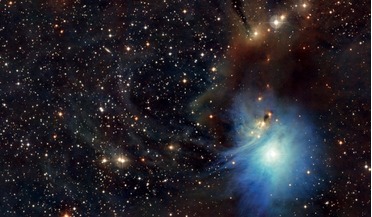 March 2018
Exploring the extreme universe
March 2018
Exploring the extreme universe
... of new isotopes in stars, on the mechanisms of supernova explosion, and on the resulting continual chemical enrichment of our... stellar debris into interstellar space via winds and supernova explosions. Interstellar gas, enriched with newly produced...
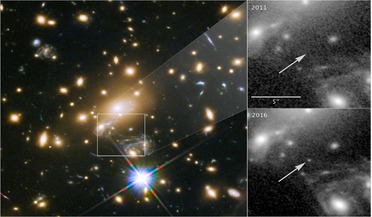 03 April 2018
Astronomers unexpectedly find the most distant star ever discovered
03 April 2018
Astronomers unexpectedly find the most distant star ever discovered
... galaxy looking for something else. The space telescope had originally been set up to observe a gravitationally lensed supernova explosion nicknamed “Refsdal” in the galaxy cluster MACS J1149-2223, when it unexpectedly picked up the LS1 point...
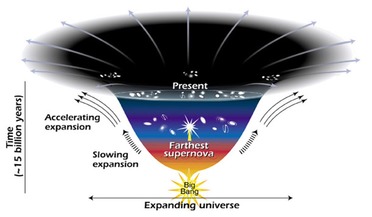 24 October 2016
New research questions the rate at which the Universe is expanding
24 October 2016
New research questions the rate at which the Universe is expanding
.... They are therefore referred to by astronomers as ‘standard candles’ and are used to calculate distances in space. Studies on Type 1a supernovae led to the conclusion that the Universe is expanding and for this discovery, the scientists involved won...